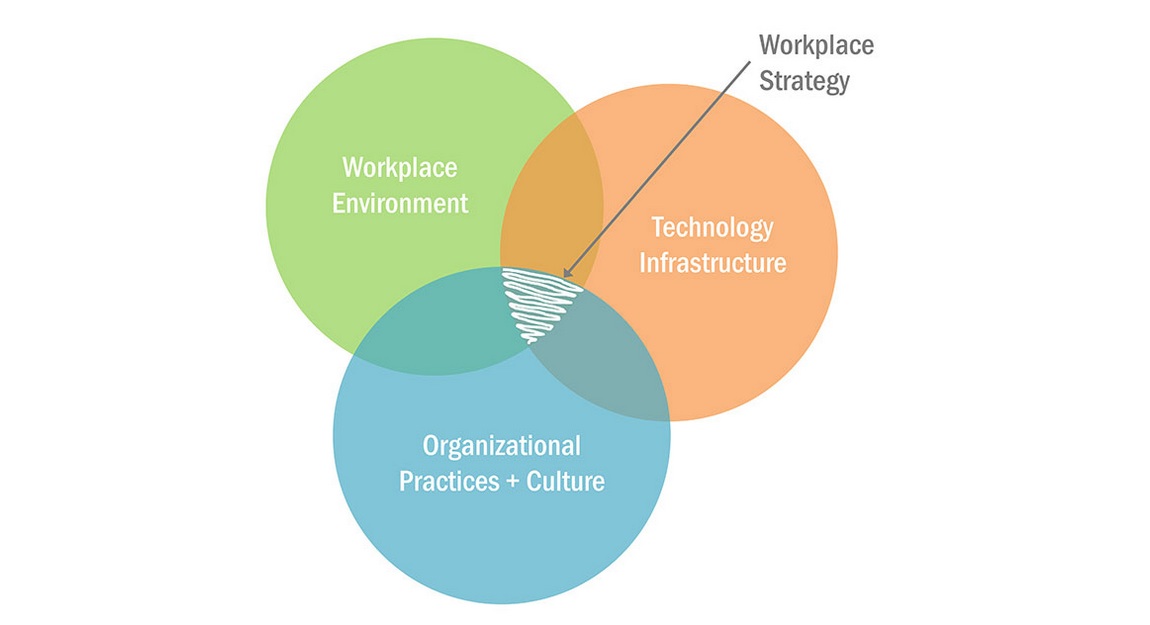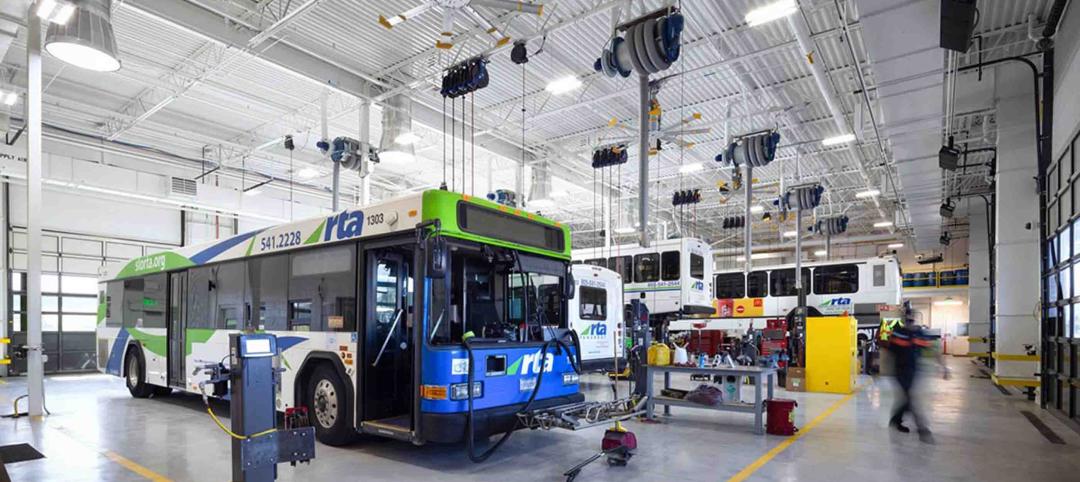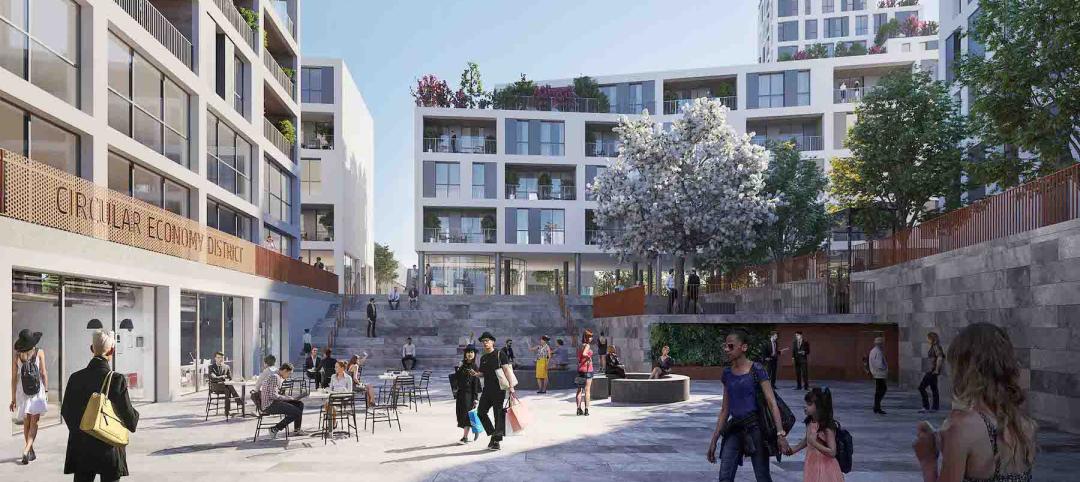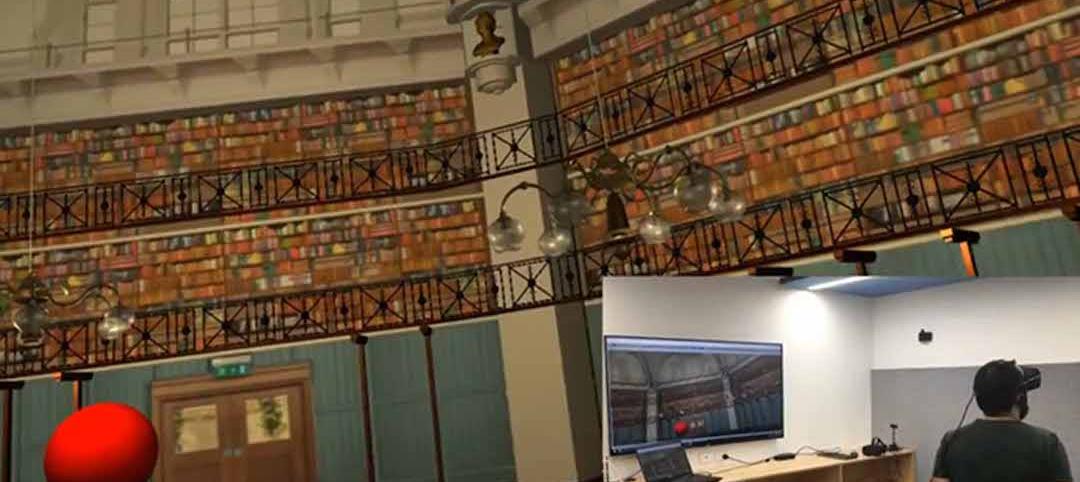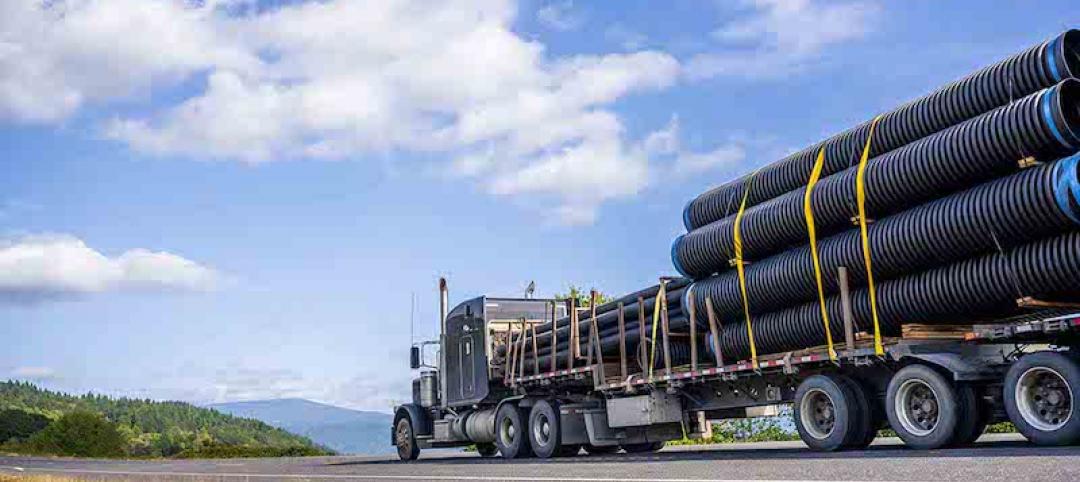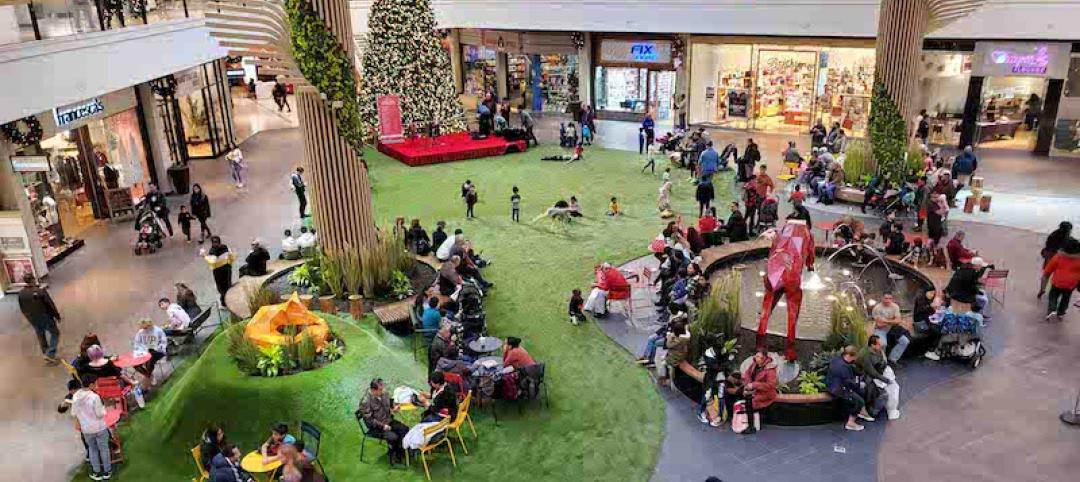In my previous blog post, I examined the question of what are the current workplace trends? I discussed why the typical responses we hear are, frankly, dangerous. To sum it up, when the question is posed, we hear about various progressive workplace solutions. These solutions are great for some, not great for others. So, which workplace trend is worth talking about?
The big trend that I can get behind is this: There’s finally a realization by corporate real estate executives that in order to create a successful workplace, there must be alignment between their people, their place and the tools they have to do their jobs. Solutions are born from understanding your client. Who they are. How they work. What do they need, technologically, to support what they do.
What do I mean by people place and tools?
By People, I mean the organization’s DNA. What is the corporate culture? What is the management style? What are their business goals? What are the work processes? What are the work styles? Is mobility encouraged? What are the demographics? What are the reward systems? Typically, we discover all these things about a company in our visioning and focus group sessions.
Solutions are born from understanding your client. Who they are. How they work. What do they need, technologically, to support what they do.
By Tools, I mean technology. But Tools is about more than the gear in the office, it’s about the overall technological environment, its capability and limitations. Are laptops de rigueur? Or is it an environment where team members are tethered to the desktop via the ball and chain network cable? Is data available to be accessed via Wi-Fi? Are there regulatory and security issues around the data? Can it be accessed anywhere, anytime? How likely are any of these things to change?
As workplace designers, we provide the Place, or environment, that satisfies all we’ve talked about in People and Tools with enough future-proofing to get the organization where it wants to be.
The intersection of these three (People, Place and Tools) is where we find success. Discover that intersection and design to criteria support all three.
How are these related?
If a mobile work style is not possible, for whatever reason, why would we provide a work-setting that satisfies or encourages mobility? If you can’t get up and move, why are we providing alternative work-settings that promote just that? If you’re tethered to your desk with a network cable and can only access your data from your desk, why would we provide a focus room for you to go into to do heads-down, focused computer work? The answer is that we shouldn’t.
Management figures in, too. Take the idea of presence versus performance. If your managers follow an “If I don’t see you, you’re not working” outlook, then having a free address system or areas where you can be internally mobile to do your work as you see fit is just not going to work.
Therefore, when asked about workplace trends, we often hear about solutions. The real trend in the workplace is an increasing understanding from corporate executives for the need to find an appropriate balance and alignment between their people, their tools and the environment in which they work. Ask the right questions. One size does not fit all. Build it and they will change is an unreliable M.O.
About the Author: John Varholak, AIA, IIDA, LEED AP, is a Senior Project Designer with VOA Associates. With over three decades in full service interior architectural design, planning and construction management, Varholak is a highly experienced design leader and expert workplace strategist. He has performed management and design of full service interior architectural, space planning and facility assessments for corporations, government contractors, government agencies, and association and not-for-profit clients. His recent experience includes clients such as Capital One, Airbus, Google, Twitter, USAID, Social & Scientific Systems, USGS, Carlyle Group, and the USDA, among others.
More from Author
Stantec | Apr 18, 2024
The next destination: Passive design airports
Today, we can design airports that are climate resilient, durable, long-lasting, and healthy for occupants—we can design airports using Passive House standards.
Stantec | Mar 18, 2024
A modular construction solution to the mental healthcare crisis
Maria Ionescu, Senior Medical Planner, Stantec, shares a tested solution for the overburdened emergency department: Modular hub-and-spoke design.
Stantec | Nov 20, 2023
8 strategies for multifamily passive house design projects
Stantec's Brett Lambert, Principal of Architecture and Passive House Certified Consultant, uses the Northland Newton Development project to guide designers with eight tips for designing multifamily passive house projects.
Stantec | Apr 10, 2023
Implementing human-centric design in operations and maintenance facilities
Stantec's Ryan Odell suggests using the human experience to advance OMSF design that puts a focus on wellness and efficiency.
Stantec | Jul 6, 2022
5 approaches to a net zero strategy that communities can start right now
Whether your community has started on a plan or is still considering net zero, now is the time for all of us to start seriously addressing climate change.
Stantec | Feb 14, 2022
5 steps to remake suburbs into green communities where people want to live, work, and play
Stantec's John Bachmann offers proven tactic for retrofitting communities for success in the post-COVID era.
Stantec | Feb 8, 2022
How gaming technology is changing the way we design for acoustics
Adding 3D sound from gaming engines to VR allows designers to represent accurate acoustic conditions to clients during design.
Stantec | Dec 15, 2021
EV is the bridge to transit’s AV revolution—and now is the time to start building it
Thinking holistically about a technology-enabled customer experience will make transit a mode of choice for more people.
Stantec | Sep 3, 2021
Passports to a net-zero carbon future
How materials passports can help designers achieve social value and net-zero carbon.
Stantec | Aug 25, 2021
The mall of the future: Less retail, more content
For the mall to survive, it will need to embrace nontraditional uses and “messy vitality.” Here’s how to do it.

